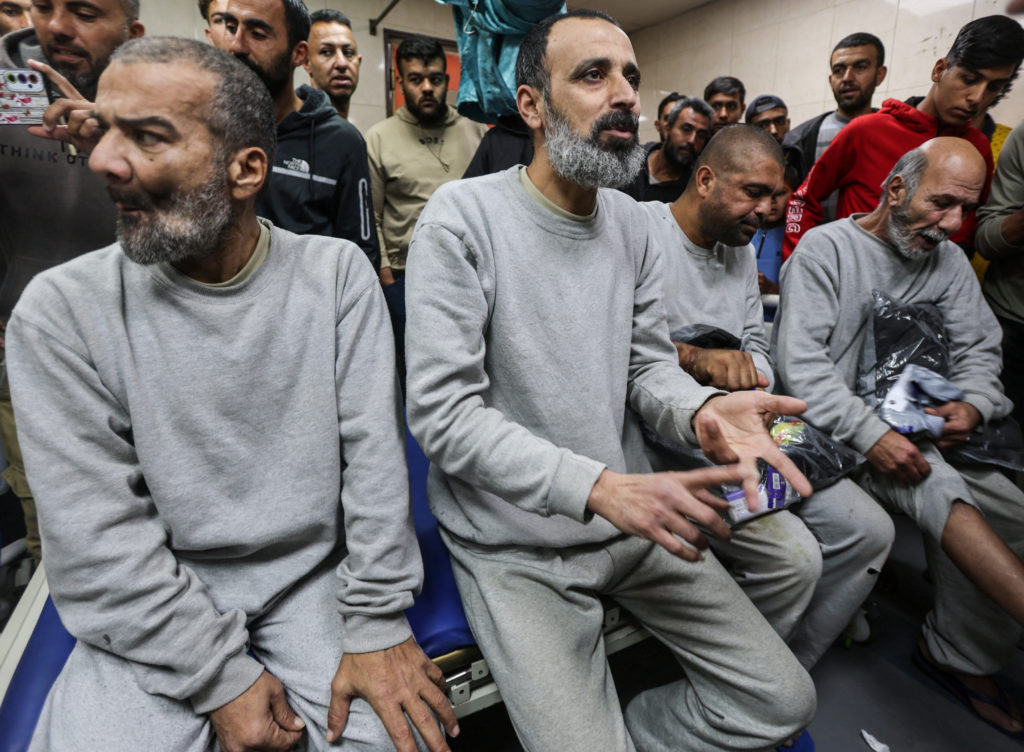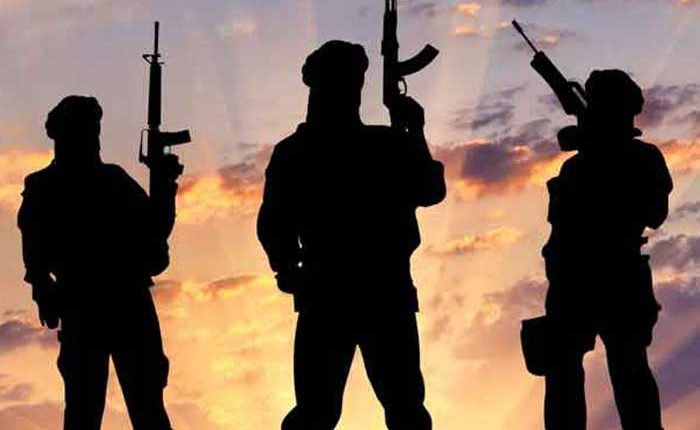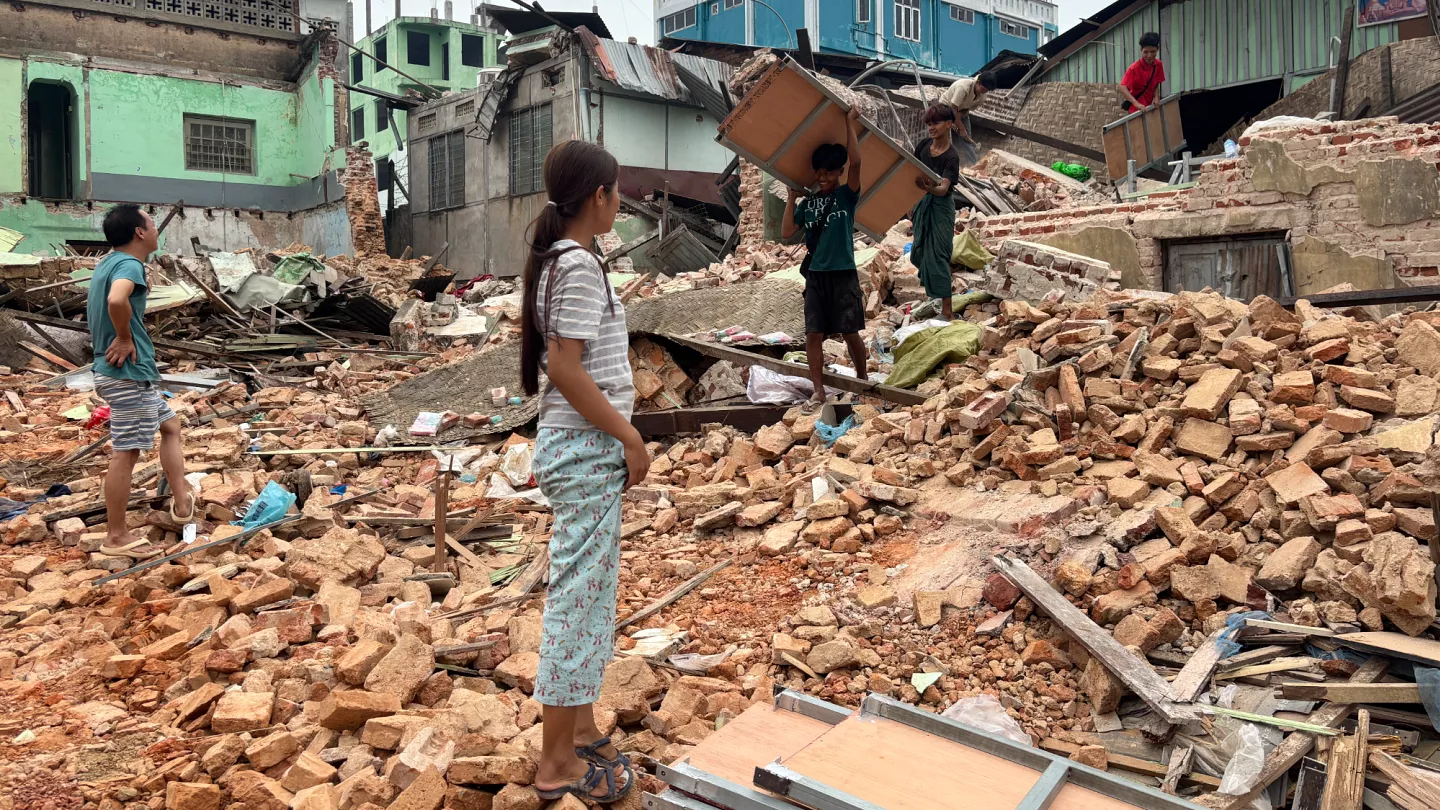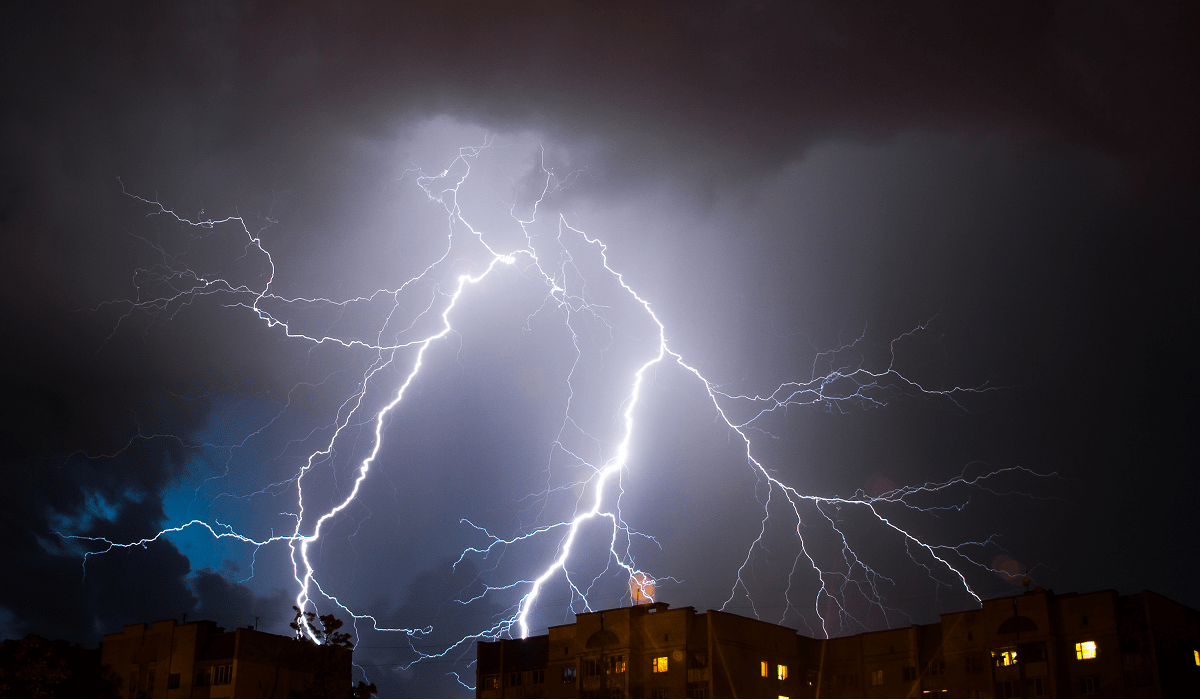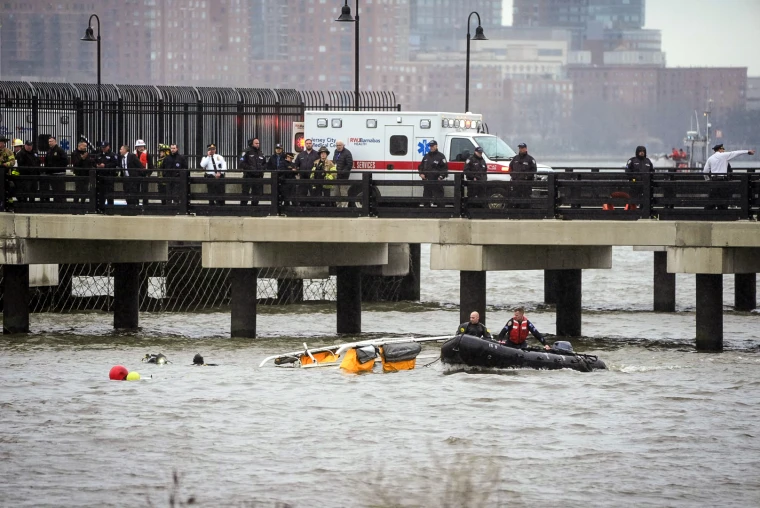Suicides among post-9/11 veterans are four times as high as combat deaths, new study finds
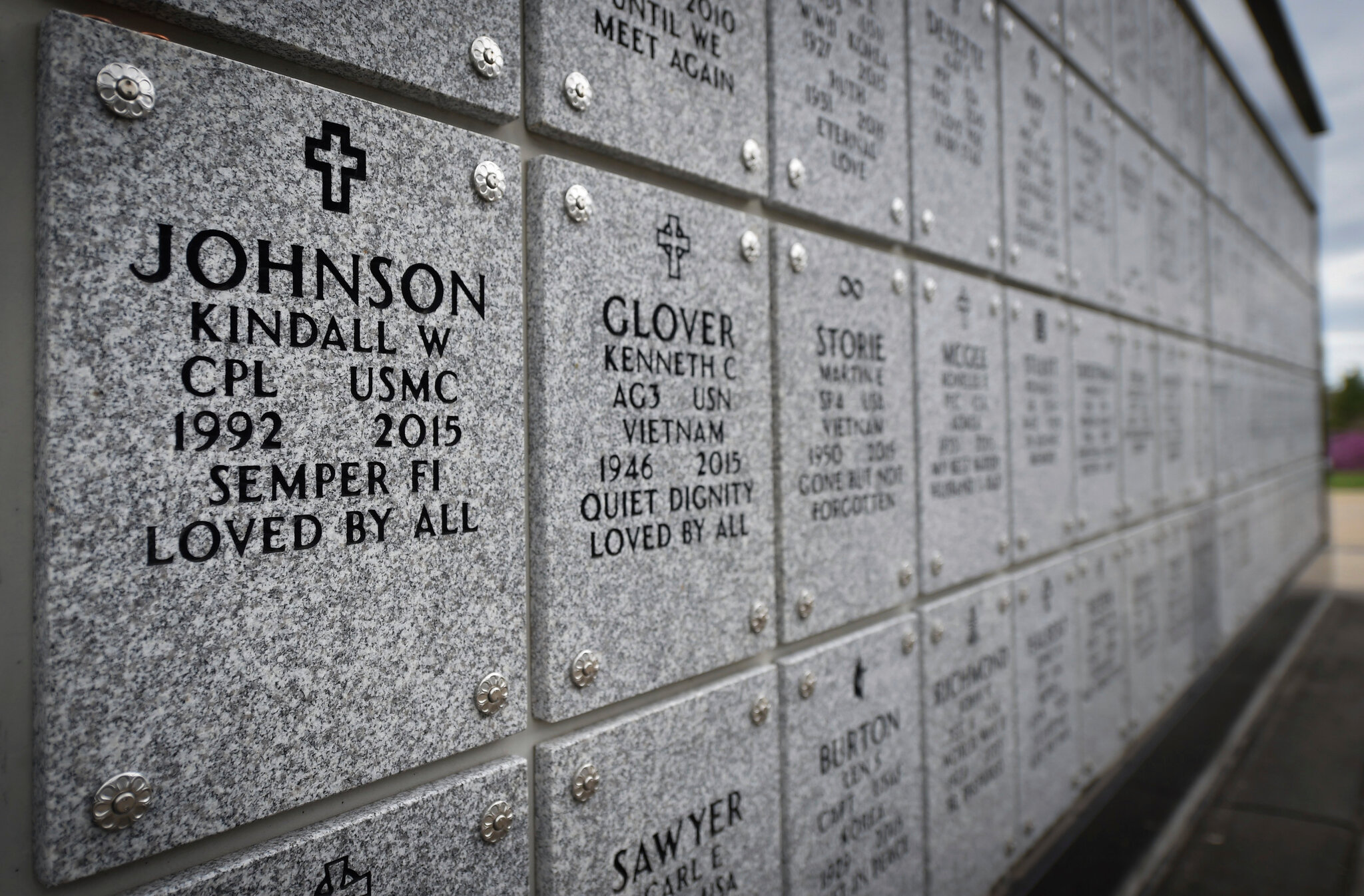
Written by Jennifer Steinhauer
UNITED STATES: JUNE 23 – As the last remaining U.S. troops prepare to depart from Afghanistan and Congress debates removing presidential war-making powers for the first time in a generation, there is a growing understanding that the veterans of America’s longest wars have a far greater risk of suicide and other mental health concerns than those who came before.
A new report from the Costs of War Project at Brown University found an estimated 30,177 active duty military personnel and veterans who have served since the Sept 11, 2001, terrorist attacks have died by suicide, compared with the 7,057 killed in military operations during the two-decade global war on terror. Among those who died by suicide, not all served in combat roles, suggesting that the problems that led to their suicides went beyond many of the often-cited causes, such as the high number of traumatic brain injuries and other severe combat-related wounds.
The study pointed to service members’ exposure to mental, moral, and sexual traumas; the influence of the military’s hegemonic masculine culture; access to guns; and the difficulty of reintegrating into civilian life. The study also questioned “the impact of the military’s reliance on guiding principles which overburden individual service members with moral responsibility or blameworthiness” for actions or consequences over which they may have little control.
The overall suicide rate for veterans is 1.5 times as much as the rate for civilians. Among post-Sept. 11 veterans between the ages 18 and 35, the rate is 2.5 times that of all civilians, the report found, and double that of civilians the same age.
A great deal of money and legislation has been focused on fighting veteran suicide, yet the numbers have moved very little. The total number of veteran suicides increased by 36 from 2017 to 2018, the latest data available from the Department of Veterans Affairs, even as the veteran population fell by 1.5%.
Lawmakers hope new programs passed in the last year that focus on veterans from the post-Sept. 11 period and those in rural areas will have more profound effects. Veterans who die by suicide often do not seek VA services, so other means of reaching them may be more successful.
While most American veterans did not serve in the post-Sept. 11 wars, suicide rates for those who did rose from an average of 32.3 per 100,000 between 2005 and 2017 to 45.9 per 100,000 in 2018, the report found, drawing a firm line between service in those wars and special risk.
Thomas H. Suitt III, the author of the report, said it was important to focus on that set of suicides, rather than the broader cases in the military.
“For active service members, the rates look similar to those of the civilian population,” he said in an email. “Indeed, the Department of Defense has a quick line they use that points that out, as though it is comforting. However, historically, rates among active component service members were lower than the general population and usually decreased in wartime.” (By New York Times)



